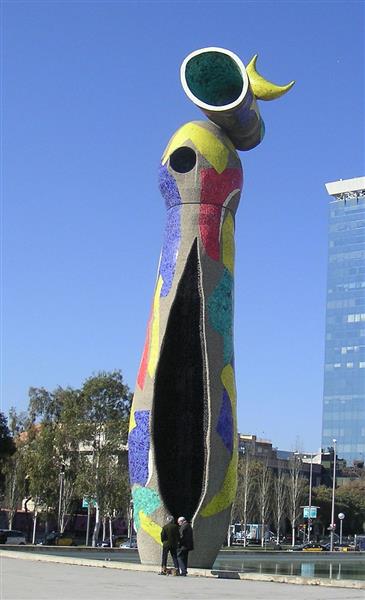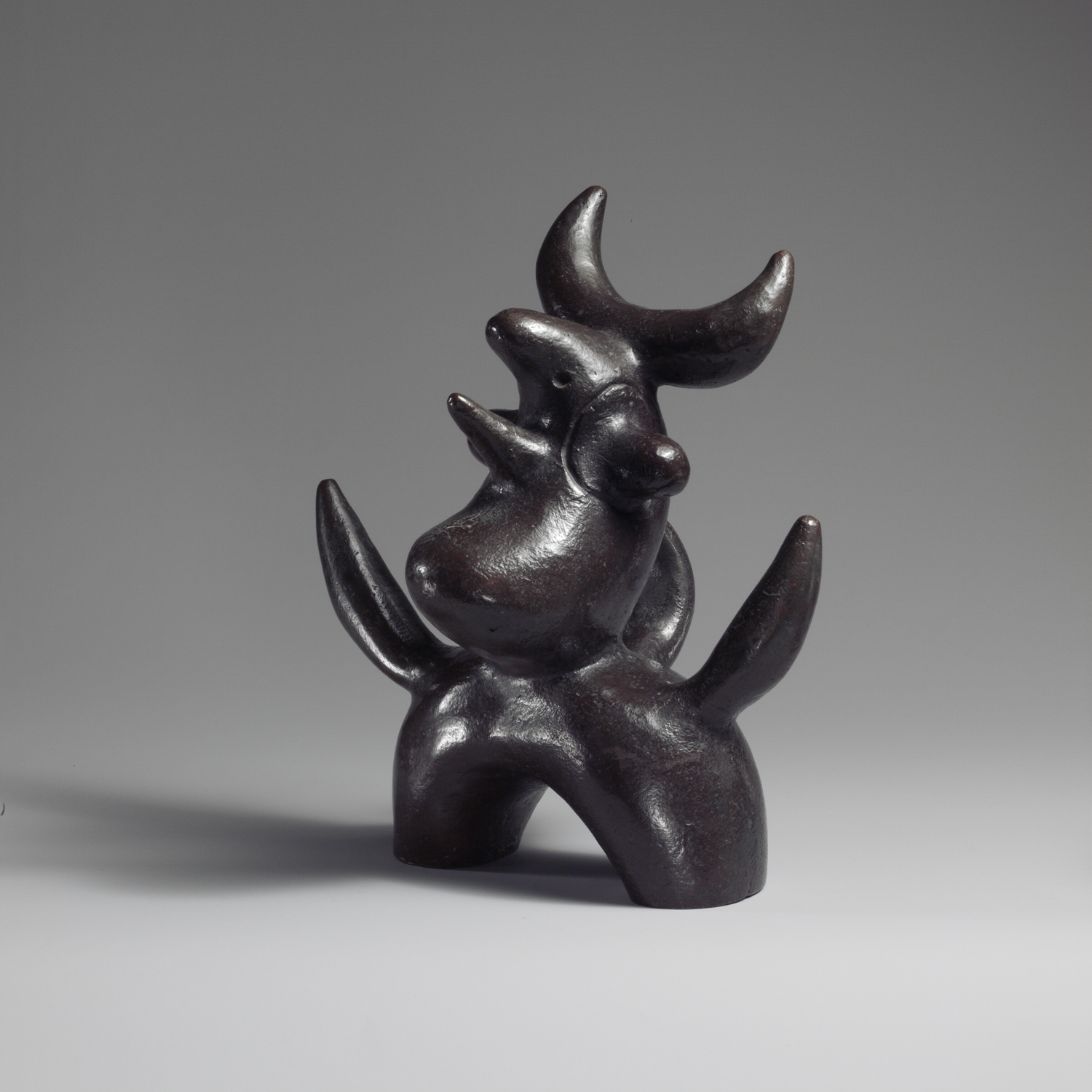
Richard Serra has built many large steel sculptures. He specializes in site-specific installations, with the goal of making the person observing the sculpture seem like a dwarf. Charlie Brown is an interesting sculpture because of the name. The sculpture was simply named Charlie Brown because the morning that Serra had met with his client, it was the morning that Charles Schultz (the creator of Charlie Brown and the Peanuts) had died. Schultz was from the same area where the sculpture was being installed so everyone agreed Charlie Brown was a good name.















































